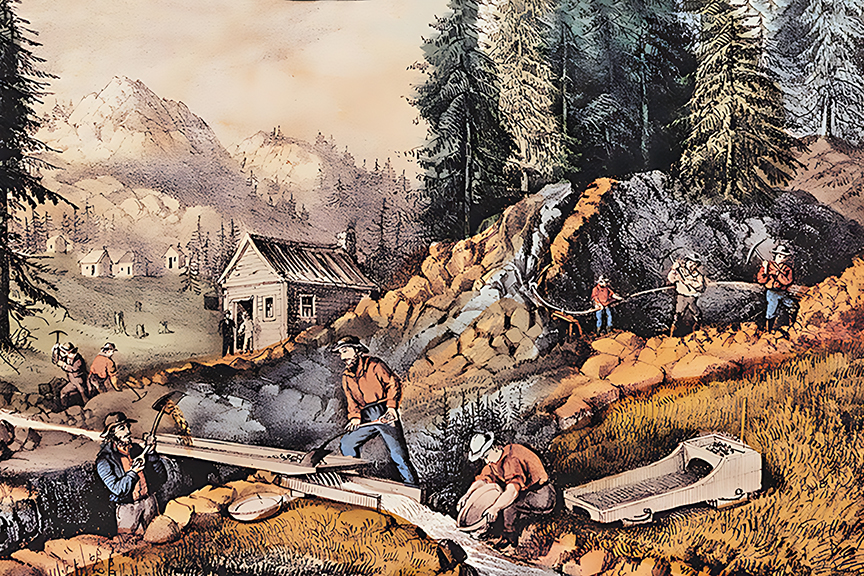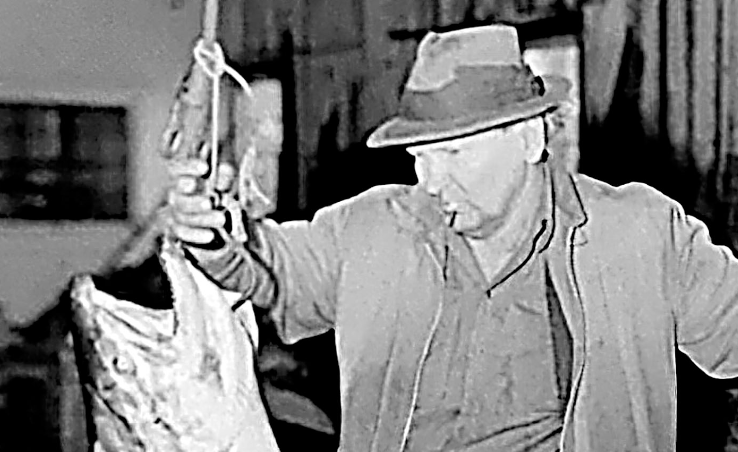In One Ear: A pauper in Astoria
Published 4:34 pm Thursday, May 15, 2025
From The Daily Astorian, May 16, 1879, “A Neglected Grave”:
• On the 16th of September, 1846, George W. Evans discovered the gold mines of California. We have abundant proofs to substantiate this fact …
Evans was not so careful of himself, and his finances, as he should have been; and when the day arrived for him to pay the last, great debt due to nature, he yielded up the ghost, a pauper in Astoria, and now sleeps the long sleep of death in an unhonored grave, in the potters field of this city … (Is it not) possible to take some steps to care for and mark this sadly neglected grave?
Note: Well, “abundant proofs” notwithstanding, according to the “Date Of The First Discovery Of Gold In California,” the first California gold was discovered by Don Abel Stearns in 1841, but he told some potential prospectors that it could “not be found in paying quantities” at the location he detected.
Britannica says that while building a water-powered sawmill on John Sutter’s land, in what is now Sacramento, a carpenter named James W. Marshall found the flakes of gold that started the Gold Rush in the stream’s bed on Jan. 24, 1848. There is no mention of the dearly departed Mr. Evans.
Astoria’s potters field was one of the earliest cemeteries, and was also called the Catholic Cemetery (it was near the church) and the Shively Family Cemetery. Its boundaries were Irving and Jerome Avenues and 14th and 15th Streets.
Right around 1878, the graves started being moved uphill to the current Astoria Pioneer Cemetery. But there’s no George W. Evans buried there, apparently. Where he lies remains a mystery. (Painting: Currier & Ives)







